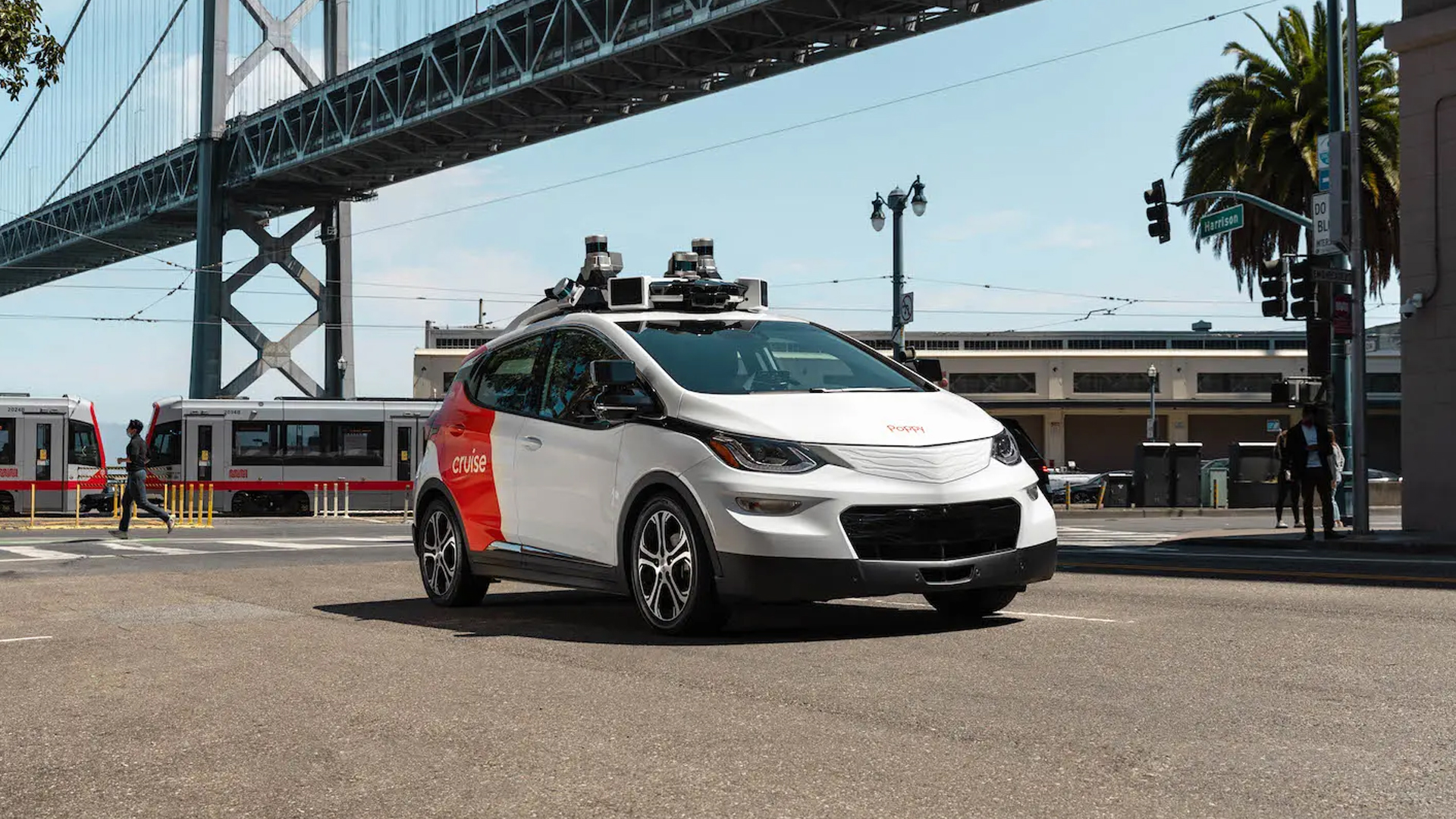

Cruise, the self-driving arm of General Motors, revealed this week it burnt through $500 million during the second quarter of 2022. While that’s roughly 10% of the $5 billion GM has invested into the robotaxi startup since 2018, it still accounts for a massive loss of nearly $5 million per day.
Despite the significant and continued loss, GM and Cruise executives are confident that the startup will be a significant income stream before the end of the decade. The company recently began charging for rides around San Francisco after it secured a permit to usher passengers around for pay in its self-driving Chevy Bolts. However, things have been going less than swimmingly.

From a monetary standpoint, Cruise cited a significant uptick in labor costs, noting that higher compensation was required to retain staff. But there are more than just labor costs that have proved to be problematic for Cruise this quarter.
The company has been experiencing technical issues that have led to so-called “Vehicle Retrieval Events” where clusters of cars have become stuck and unresponsive, resulting in the need to manually recover them. On top of this, someone claiming to be an anonymous Cruise employee sent a letter to the California Public Utilities Commission, the agency which regulates Cruise’s permit to operate its driverless vehicles, citing concerns that the company was not yet ready to launch to the public.
Cruise isn’t the only AV-centric company working to be the first to offer a wide-scale robotaxi service. There are a number of other companies like Alphabet’s Waymo, Motional, Zoox, Baidu, and, to a lesser extent, Tesla. Many of these companies believe that self-driving vehicles are the future, or perhaps just significant revenue generators that don’t require a human operator in the long run. The end goal is a vehicle with the capability to run endlessly (mechanical wellbeing and fuel permitting) and be as analogous to the American household as a cell phone or personal computer.
In fact, GM CEO Mary Barra is confident of Cruise’s potential to be a money printer. Buring an analyst call Tuesday, Barra forecasted that Cruise could earn around $50 billion per year—or, around 40 percent of GM’s most recent annual revenue—by 2030. Cruise CEO and co-founder, Kyle Vogt, joined Barra by affirming that Cruise had the opportunity to “go after a trillion-dollar market.”
The obvious roadblocks are the technological and infrastructure challenges that companies such as Cruise must overcome. Getting a car to drive itself is simple, but doing that safely and intelligently is another story, one that many companies are willing to throw seemingly endless amounts of money at in order to solve. And at $5 million per day, Cruise is a perfect example of that—now it just needs to see results.
Fortunately, Cruise has no shortage of funds to throw into the fire. The company has around $3.7 billion to throw at solving self-driving, and another $5 billion in credit that can be issued from GM directly. Whether or not that’s enough is a different story. If Cruise is able to work lean and quickly, it could just position itself as an industry leader soon enough.
Got a tip or question for the author? Contact them directly: rob@thedrive.com